Understanding Homelessness
Reaching out a hand
We are more similar than different.”
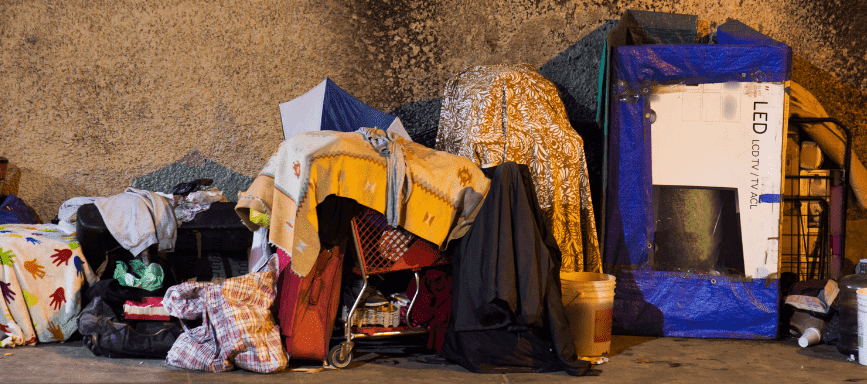
Answering the Call Event Series
As homelessness rises and service coordination gaps persist, faith leaders and community connectors are eager to act but need tools to do so effectively. You are invited to join townhall discussions that amplify efforts and drive systems-level change for the unhoused.
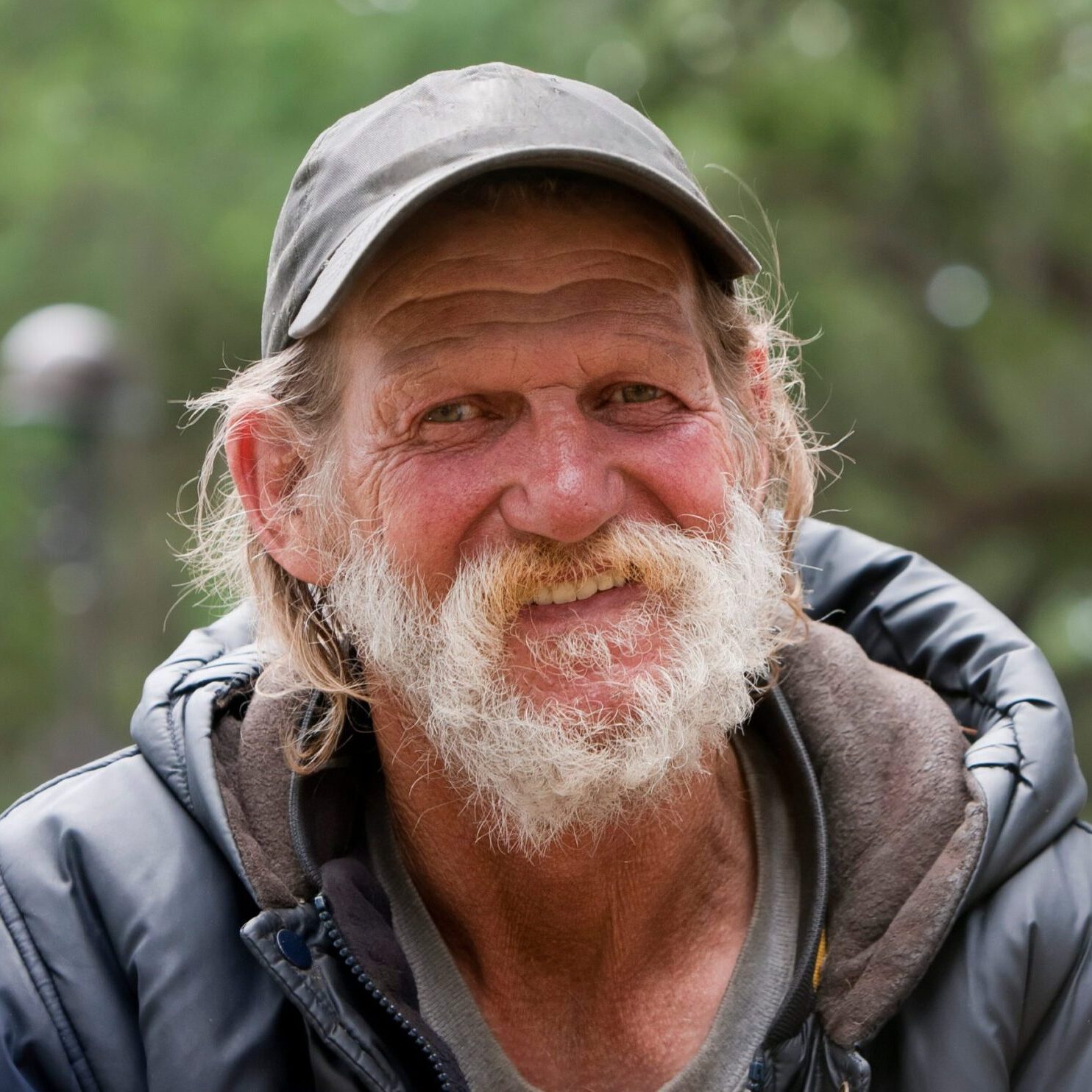
Growing Numbers of Unhoused People
We are experiencing a housing crisis across the country, state, and here in our local area. There are several drivers believed to contribute to the current crisis, including:
- The rising cost of housing
- A shortage of housing
- A grave shortage of investment in affordable housing
While the conversation often focuses on homeless people as the problem, unhoused people are symptoms of the affordable housing crisis.
Encampments
In our local communities, we see more and larger homeless encampments or clusters of unhoused people living in proximity outside. To this point, there remains no legal place for unhoused people to sleep and keep their belongings. These camp locations are sometimes obstacles to community function – like when an encampment impedes access to critical infrastructure or use of open spaces like parks and recreation. Sometimes, it is simply disturbing for the community to see unhoused people and individuals or groups are asked to move.
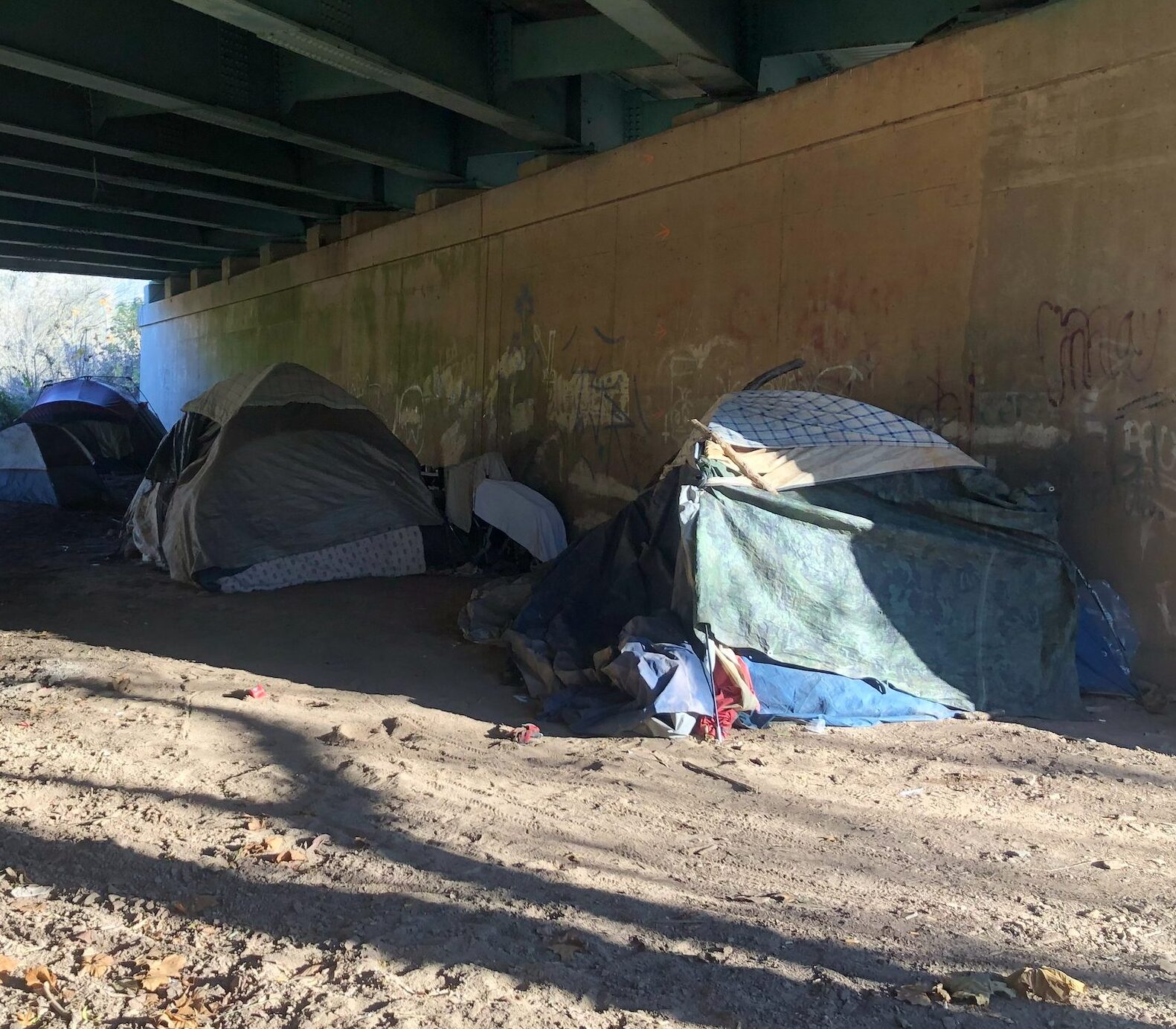
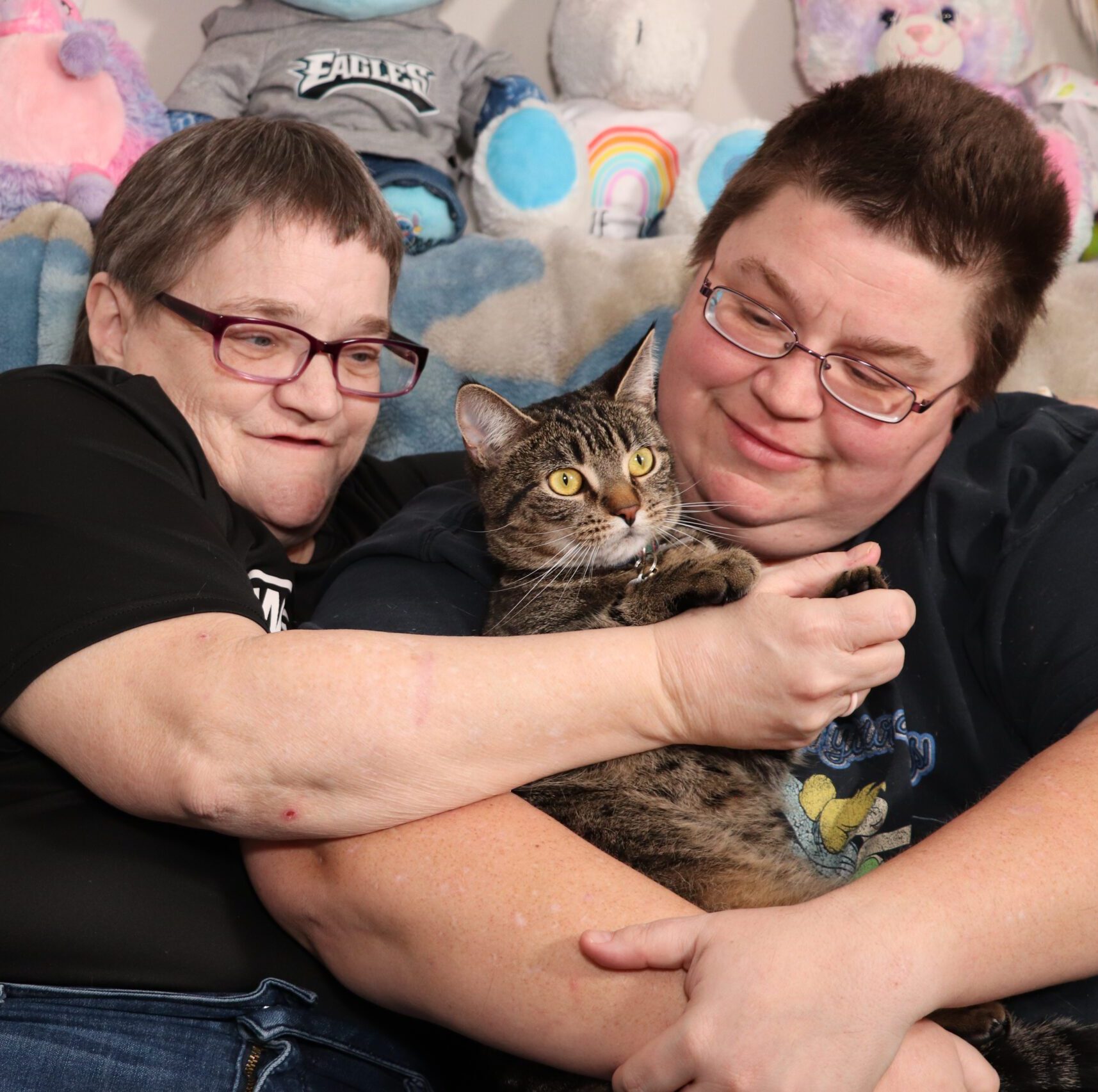
Finding Safe Spaces
There has been increasing movement within the homeless community in attempts to find safe spaces, in response to the absence of shelter solutions, and because of requirements for movement. The increase in the homeless population’s movement increases the community’s exposure to homelessness. This increase in exposure often raises community concerns and questions. Because people are generally more similar than different, the community can establish in-reach and relationship with individuals and families who are without homes. In relationships, we grow, heal, and find solutions.
How Can I Help?
While homeless/housing services in Montgomery County have been working tirelessly to support the unhoused across the county, the dramatic increase in numbers has created a widening gap between the needs and the available service resources. Moving forward, progress to address this growing community need will require everyone to work together. It takes a whole community to solve homelessness.
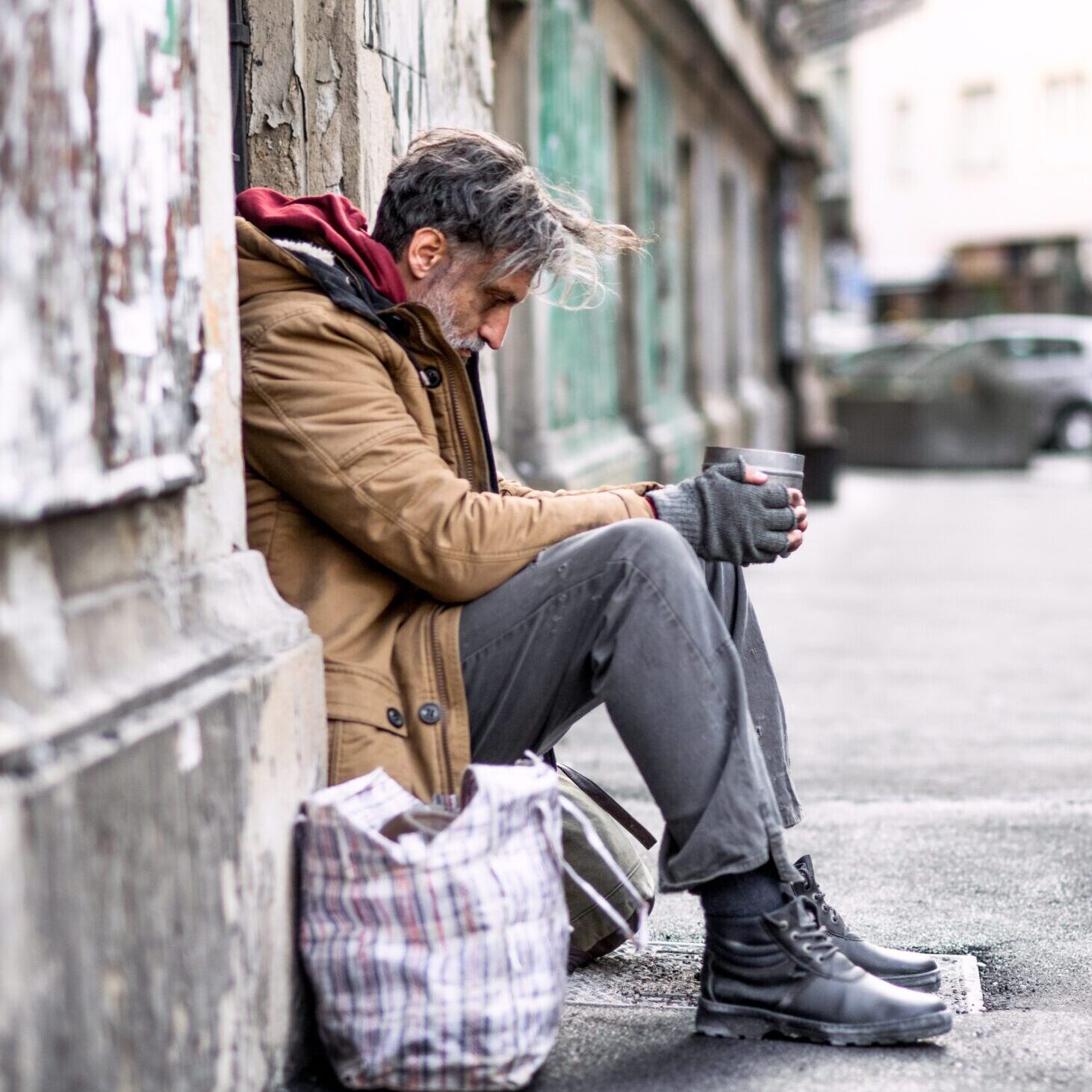
Practical Help
There are a number of things that you can do to participate in a compassionate response to those in the community living outside.
Provide critical relief.
If you see someone, have a conversation with them. Share your name and ask them theirs. Give them a bottle of water, a snack, or a gift card from a neighboring store, like McDonalds or Wawa. You can also collect a few essentials in a plastic bag to deliver when you encounter individuals living outside. Water and a snack, seasonal survival items; such as sunscreen, bug spray, or hand warmers and thick socks are all greatly appreciated items.
Volunteer for Code Blue shelters.
The map below shows the locations of Code Blue shelters in Montgomery and Bucks counties as well as their websites with information and volunteer opportunities.
Advocate for people to be inside.
Regardless of how you feel about the issue of homelessness, the consequences that impact the community get better when people have places to be inside. The entire community benefits when there are shelter and temporary housing options.
While these are critical relief actions, the larger problem is that there is simply not enough housing that people can pay for. Montgomery County has the third highest eviction rate in the state, and the single biggest reason for evictions is the inability to pay the increasing cost of rent.
Long Term Solutions
Homelessness is directly connected to the housing crisis. If we do not collectively work to solve the housing crisis we are experiencing, the consequences of homelessness will continue as a vicious cycle that impacts the whole community.
You can become a part of the long-term solution in several ways:
- Become informed about communities who have found success in addressing their long-term housing needs.
- Tell your local officials that your community needs inclusionary zoning.
- Advocate to Pennsylvania’s Legislature through your local representatives for Fair Share Housing to be law in Pennsylvania – setting the expectation for local governments to make sufficient investments in affordable housing to meet the needs of local communities.
- Join local groups and initiatives that drive lasting change for the unhoused.
- Volunteer at one of the local places that serve people experiencing homelessness in your community. Get to know people firsthand. Learn their story.
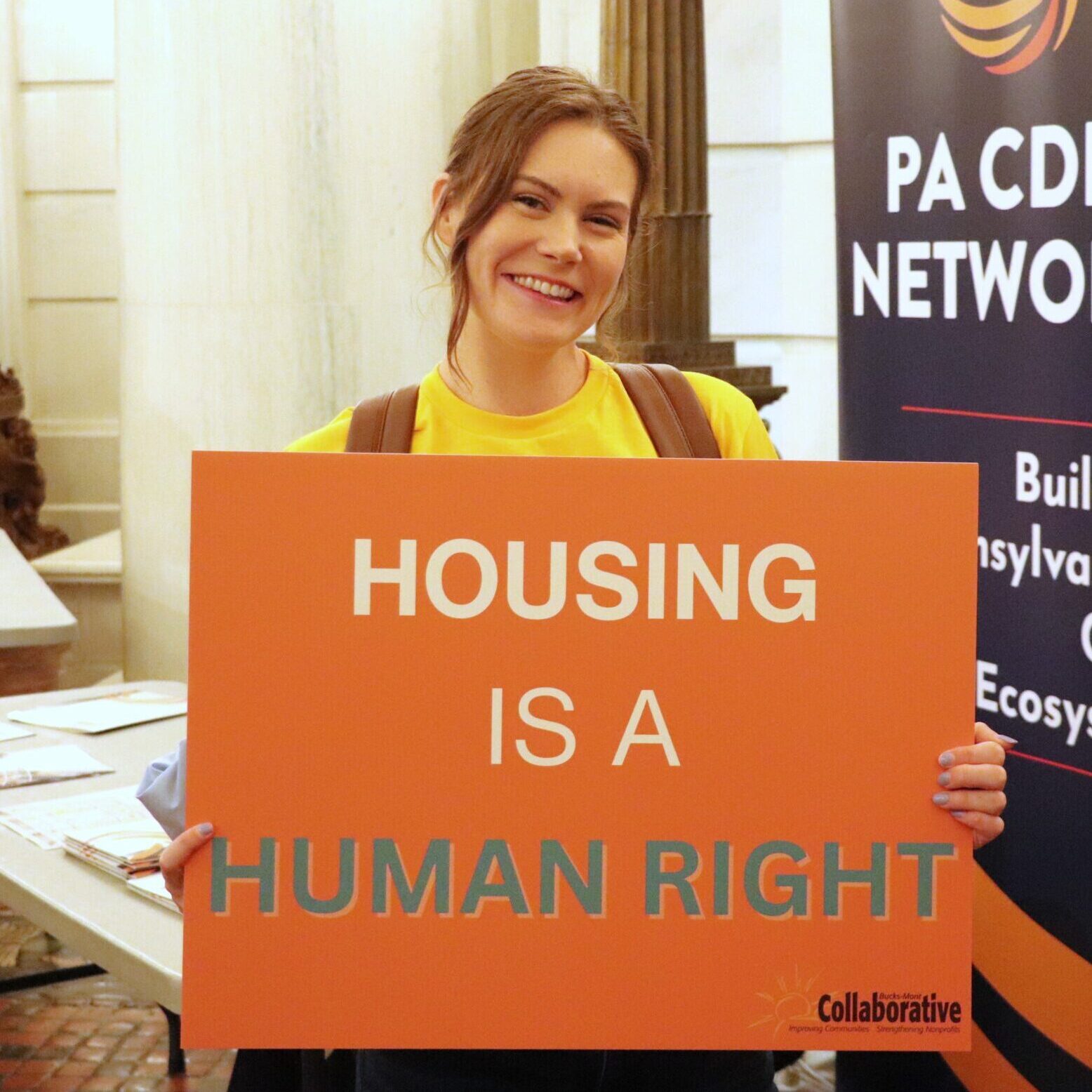
The Stigmas of Homelessness
There are many misconceptions surrounding the housing crisis. Explore the different stigmas people believe compared to first-hand accounts illustrating the reality of being unhoused.
Frequently Asked Questions and Addressing Stigmas
What about shelters?
There are currently extremely limited shelter options for adults in Montgomery County with capacity to address less than 10% of the need. These shelter options are provided to individuals who are not likely to survive outside. There is limited availability of shelter options for families with children and there are many families with children living outside and in vehicles. While there is great need and demand for shelter solutions, it is difficult to receive permission from local authorities to operate a shelter. As a result, there is no shelter solution for most individuals in Montgomery County,
In addition to limited shelter solutions, choosing to enter a shelter can be challenging for many unhoused individuals. Available shelter solutions may be located far from work, treatment, known community and meaningful relationships. Shelters are sometimes traumatizing or have been a source of traumatization for some people. Often shelter may require that couples cannot remain together or that individuals must leave their beloved pets.
What about code blue shelters?
During Code Blue periods, or when temperatures fall below freezing, more shelter options become available in communities where local authorities allow code blue sheltering. Homeless people must travel to these locations. Many homeless individuals prefer to remain in camp settings when they have gear sufficient to remain comfortable/safe enough in cold weather. Staying in place allows people to remain with their belongings and with their community. However, most homeless individuals struggle to remain safe/comfortable outside in winter months, driving the need for more code blue shelter solutions. Individuals experiencing health related or other emergencies should call 911 for immediate assistance. Individuals can call Mobile Crisis at 855-634-4673 to learn of any additional support that might be available.
Where should homeless people go?
Currently, there is no legal space for people to live outside. As there is increasing focus on removing homeless people from parts of the community, we are without a location to recommend or direct individuals and families to move. As we wrestle to find safe legal spaces, we also must be mindful that homeless people need access to work, treatment, transportation, and other necessary community services. Efforts are made to equip individuals and families with gear to support sleeping and living outside. Unhoused people are coached to find camping locations less likely to upset the community or to be an obstacle to community operations, while also remaining proximate to life saving resources (food, treatment, water, work, etc.)
What about code red emergencies?
A code red emergency is declared when temperatures are high enough to risk health and safety to people exposed for longer periods of time. There are some places in the community where people who live outside go when temperatures are very high – indoor community spaces like libraries, churches, stores – these are not official code red shelters but offer relief from the elements. Some homeless serving sites, like Mission First and the Hospitality Center, try to open for additional hours during code red times to deliver relief for homeless individuals. Individuals experiencing health related or other emergencies should call 911 for immediate support. Individuals can also call Mobile Crisis at 855-634-4673 to learn of any additional resources that could be available.
Work and Job Training
Getting or increasing household or individual income can be a solution to homelessness. There are many unhoused individuals who work, even full-time, yet their income is not sufficient for available housing. Living outside can be expensive, making the accumulation of funds to enter a new housing scenario [first/last month’s rent and security deposit] often insurmountable. Maintaining work can be challenging for individuals who live outside. Work requires the management of obstacles like leaving your belongings unsecured in your absence, managing personal hygiene, getting to work locations. These same obstacles are of concern for individuals seeking additional education and job training. Finding work usually requires regular computer access and telephone use – which isn’t regularly accessible for most unhoused people. Individuals with history of forensic involvement or backgrounds can be limited in job opportunities, which also increases barriers to income or opportunities for advancement in communities.
Criminal Behavior and Homelessness
There is no direct correlation between homelessness and violent crimes; however, it is challenging for people who live outside to avoid lesser charges connected to the management of human needs outside of the home. Many municipalities have vagrancy laws through which individuals are cited for sitting, sleeping, living in a vehicle, or otherwise occupying spaces. Connected crimes can include urinating/defecating in public, public lewdness or nakedness, public intoxication, and open fires or use of stoves in public spaces. A criminal or forensic background can render an individual ineligible to rent from many landlords or to receive support through subsidies or other income sources. This can make it almost impossible for an individual to move forward with a felony history.
Food and Homelessness
While most communities offer food resources for individuals in need, it requires travel to those locations at the appointed times to collect sufficient food resource. Often, food is provided as a meal and an unhoused person or family must travel from location to location to secure meal options. This requires intentional planning and investment for the homeless community and is itself often an obstacle to other behaviors – like healthcare, work, or job training. Individuals and families living outside or in vehicles have limited ability to prepare food which means they are typically unable to choose their food or manage dietary and nutritional requirements.
Healthcare and Homelessness
Physical health complications are compounded for individuals living outside. Chronic conditions typically worsen. Higher levels of cortisol and other physical stress experiences can both worsen and create cardiovascular illnesses, cancers, and high blood pressure. It can be challenging to manage physical illness needs – like diabetes- without refrigeration or other accommodations.
Emotional and mental wellness is negatively impacted by the strain of homelessness. While there is high correlation between homelessness/substance abuse and homelessness/mental illness, causation is not clear. Many individuals report increases or start of substance use and abuse or the start of symptoms of mental illness after becoming homeless. Living outside can worsen existing behavioral health concerns. Treatment to address behavioral health concerns can often be ineffective when a person returns to outside living from inpatient settings. It is hard to focus on healing when individuals are unable to have basic needs met.
Many individuals living outside are interested in or are using medication assisted treatment as a part of recovery from substance use and abuse. Access to this treatment remains the greatest barrier, as individuals need to be physically proximate, often daily, to the distribution of treatment.
Health care is challenging for individuals to access when they live outside. Connecting to treatment requires telephone and computer access, and traveling to treatment receiving sites can be prohibitive. Individuals often struggle to meet the requirements of treatment locations – like having two on-site therapy sessions before being eligible to see a psychiatrist. Healthcare solutions for people who live outside need to be delivered outside and with maximum flexibility.
Families and Homelessness
There is a limited supply of shelter resources for families, and family shelters are often unable to accommodate larger families and families with healthcare complexities. There are typically more than 50 children sleeping outside or in vehicles in Montgomery County. While mandated reporting law requires that a Childline report be filed when a child is sleeping in a location not fit for human habitation, the Offices of Children and Youth also do not typically have short or long-term shelter resources for families. Additionally, filing Childline reports on families who are struggling to find or pay for housing can damage engagement and disconnect parents from seeking support.
Insurance and Benefits
One small step that can help individuals and families manage wellness while living outside is to ensure connection to insurance, benefits, and eligibilities to maximize available resources. Individuals who are reentering the community from incarceration often do not have benefits reactivated and require support to engage connection.
Waste Management
There is no identified outdoor location for unhoused people, and therefore no collection solutions for the disposal of trash or human waste. When trash piles accumulate, it draws more negative attention to those living outside. The existence of trash piles and efforts to dispose of trash in existing receptacles has resulted in fines and criminal citations for the unhoused.
There are limited public bathroom facilities accessible to people who live outside and very few solutions for showering. Human waste near camps can create health hazards for the individuals living in them.
Pets and Homelessness
A pet is often an individual’s only support or comfort and an important part of a person's identity. Individuals are usually highly protective of pets and will choose to remain homeless rather than separate from a pet to gain an indoor solution without their pet. There is a need for additional resources for unhoused individuals and families to support healthcare and food resources for pets.
Homelessness and Community
Like every part of our community, it is natural to seek support and safety from those around us who are most able to identify with us. There are tight-knit communities within the homeless population and the population looks to care well for one another. There is ingenuity and resourcefulness to solve for the community's needs. Like every community, there are more negative smaller communities within the homeless populations. Unhoused people are no different than housed people – they are compassionate, interested in improving circumstances for themselves and others, seeking positive connection, and fearful of being unsafe. They deserve our protection and support toward building the lives they are working to achieve.

